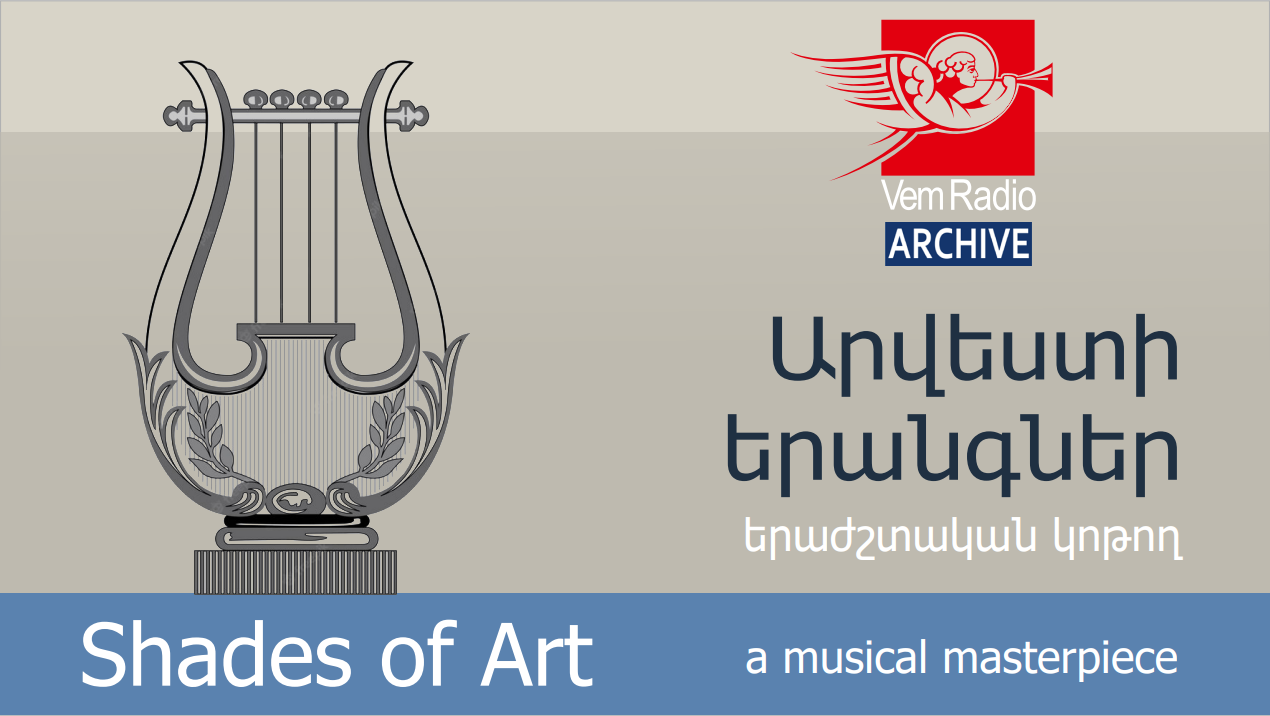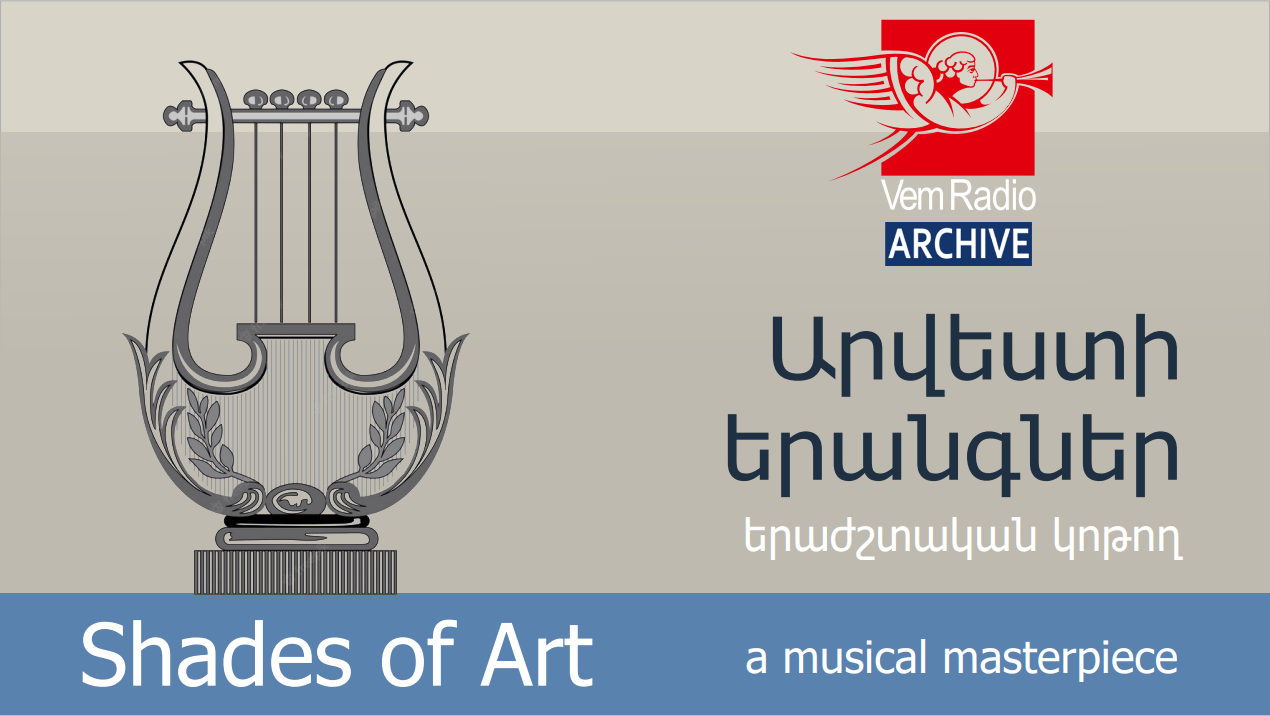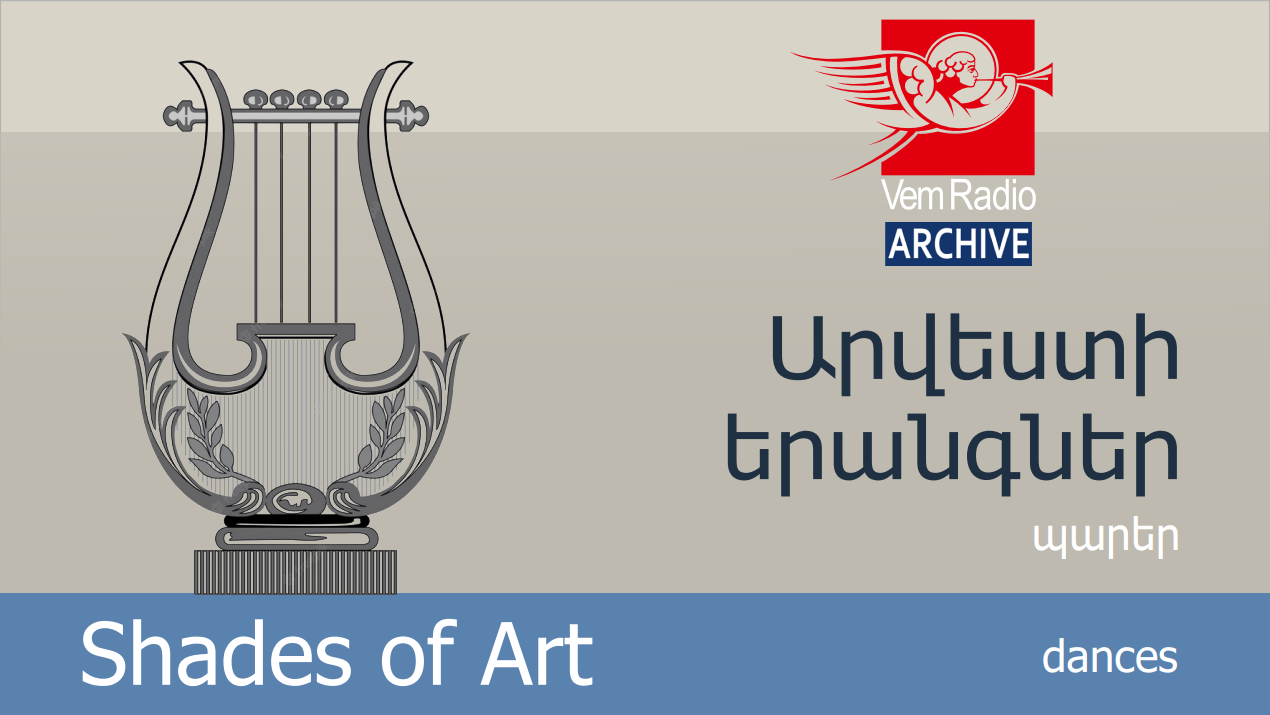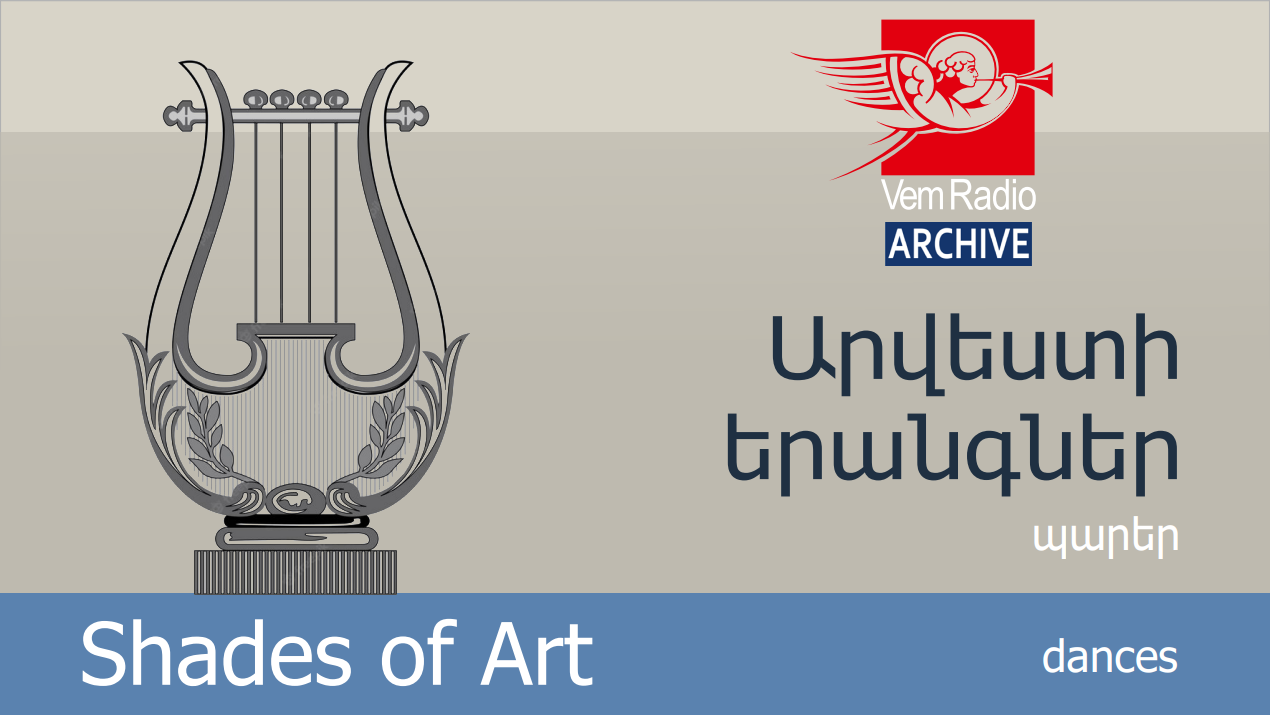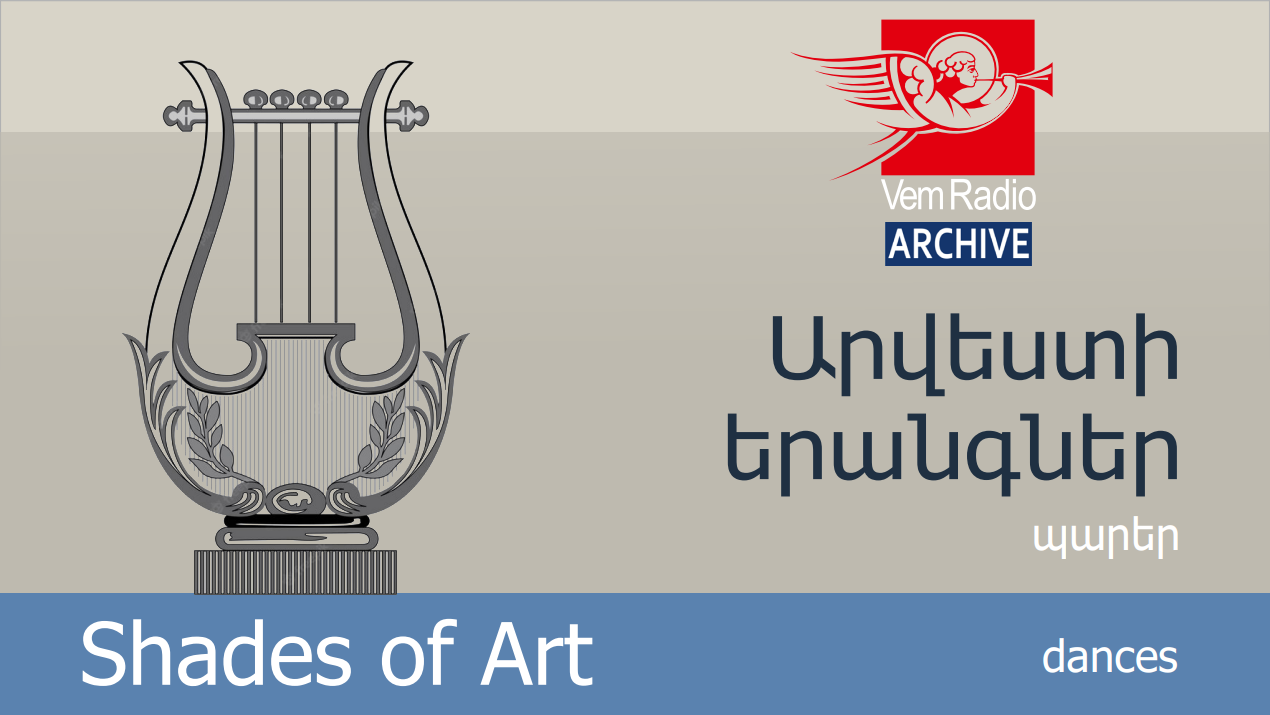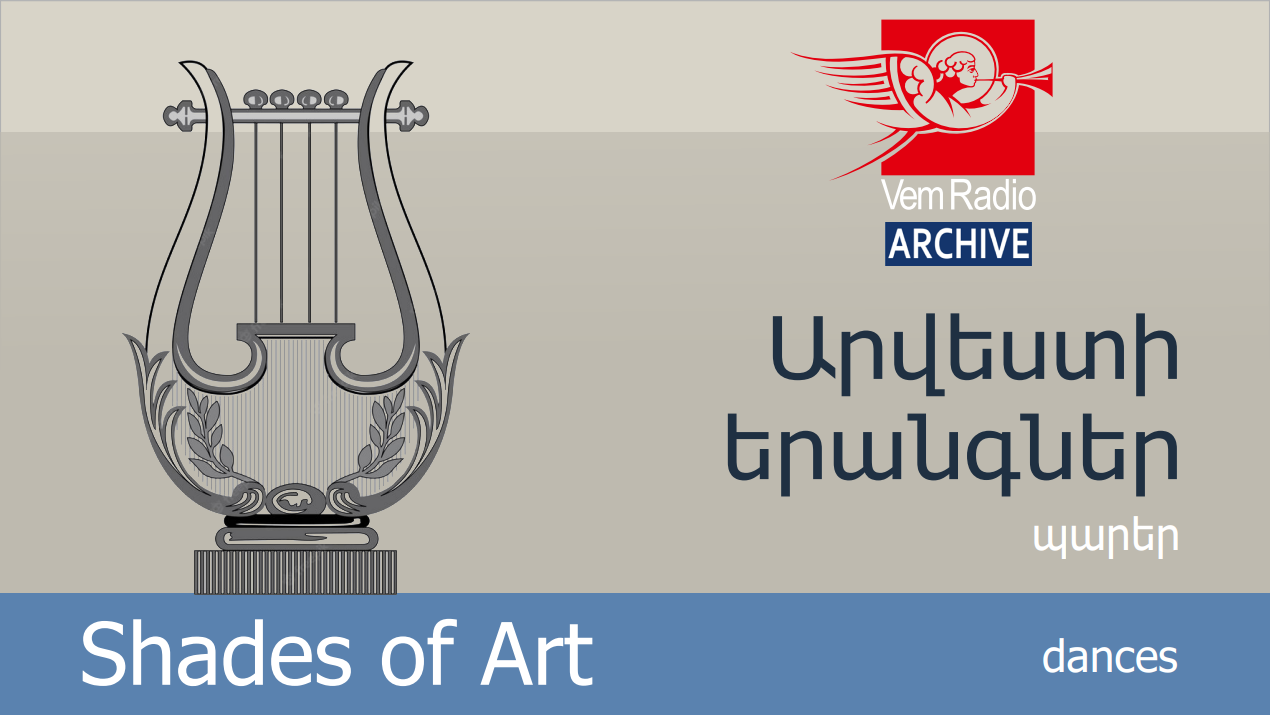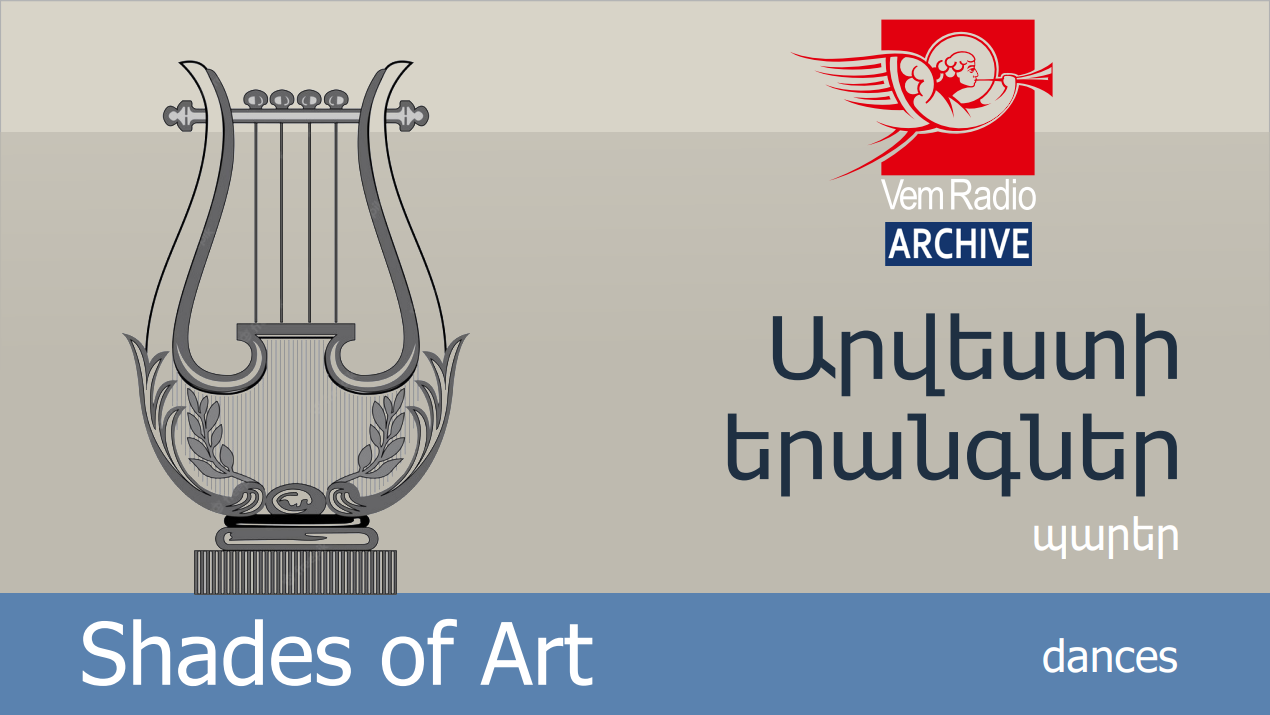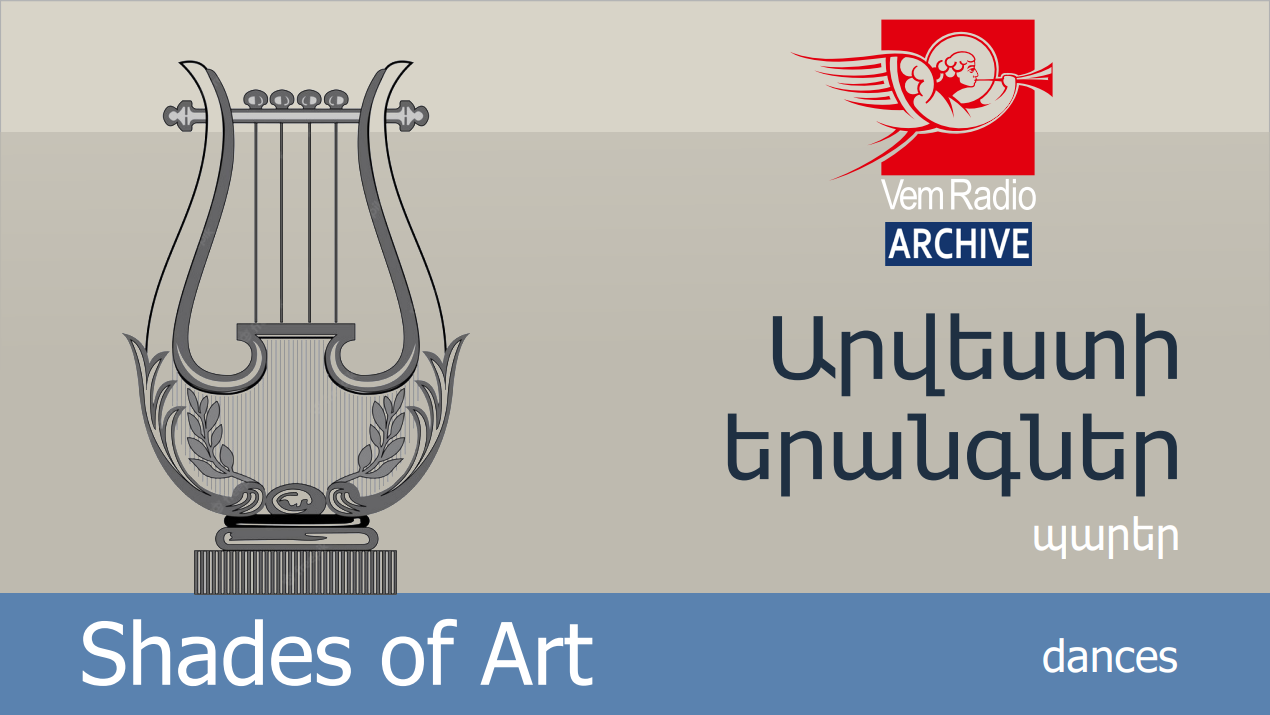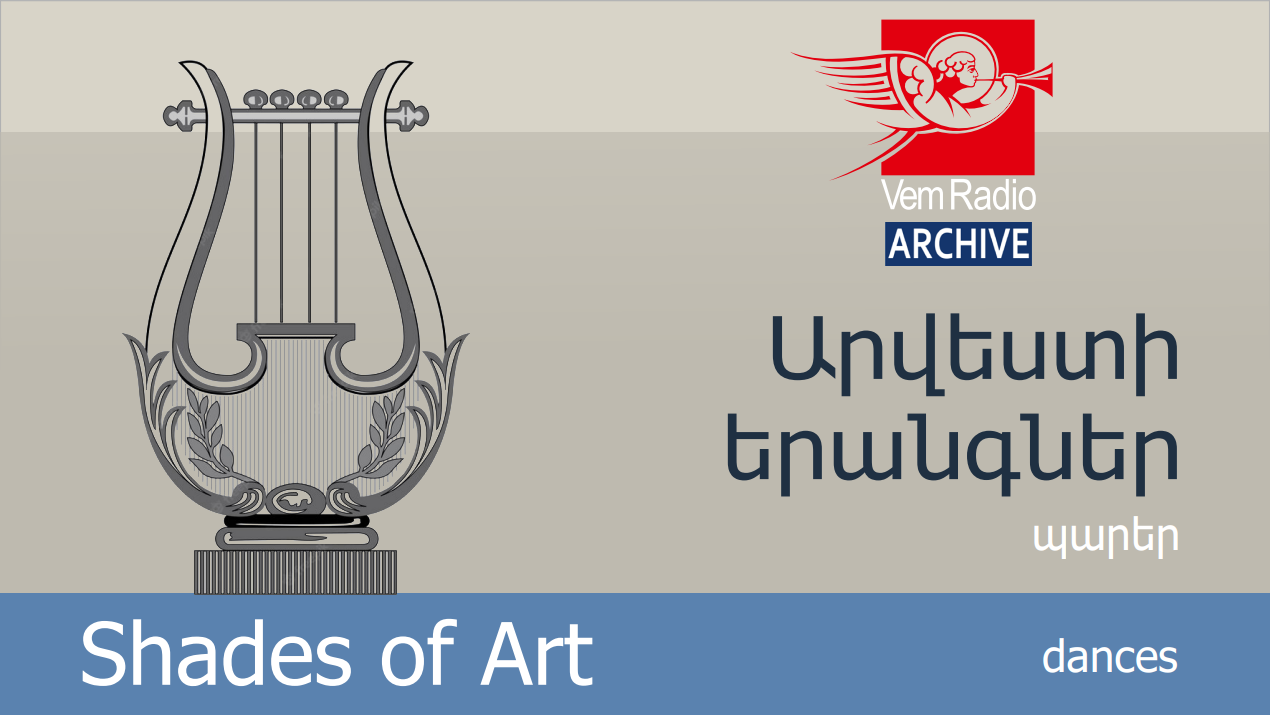
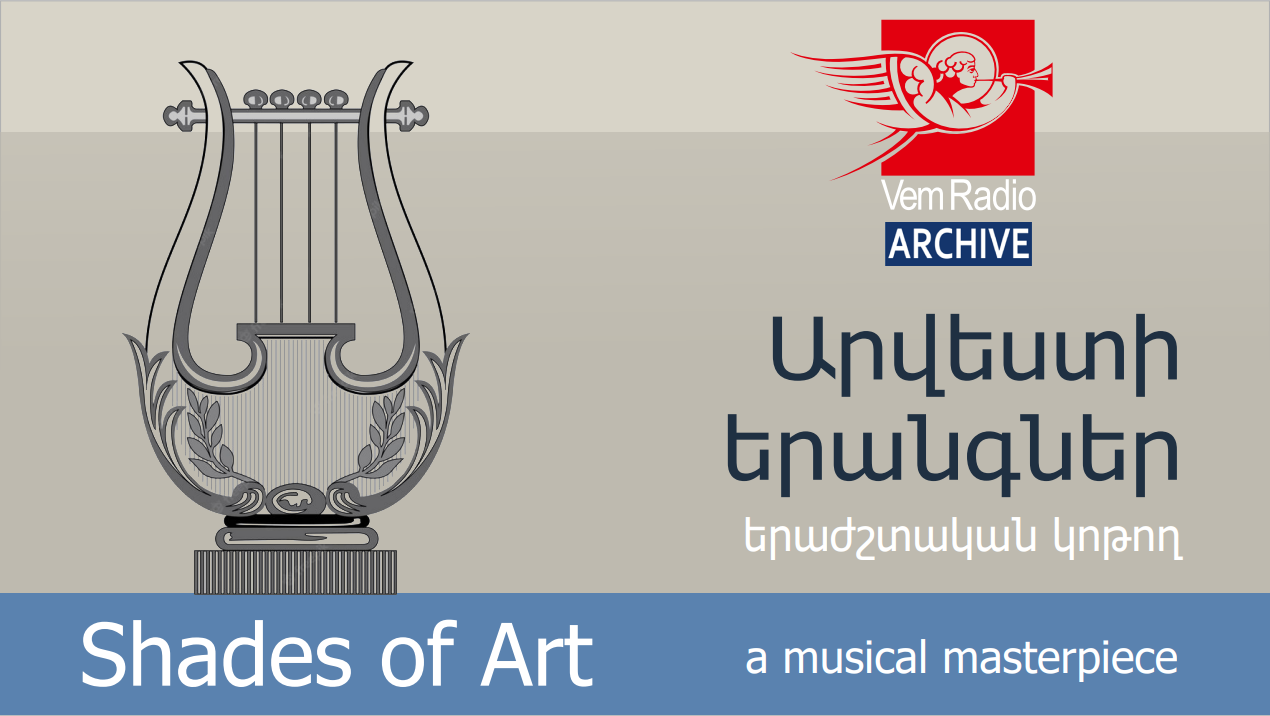
Shades of Art
The history behind the creation of great musical masterpieces.
The evolution of music and the creation of musical instruments.
The history of classical and folk dances.
- Host - Tatevik Tananyan

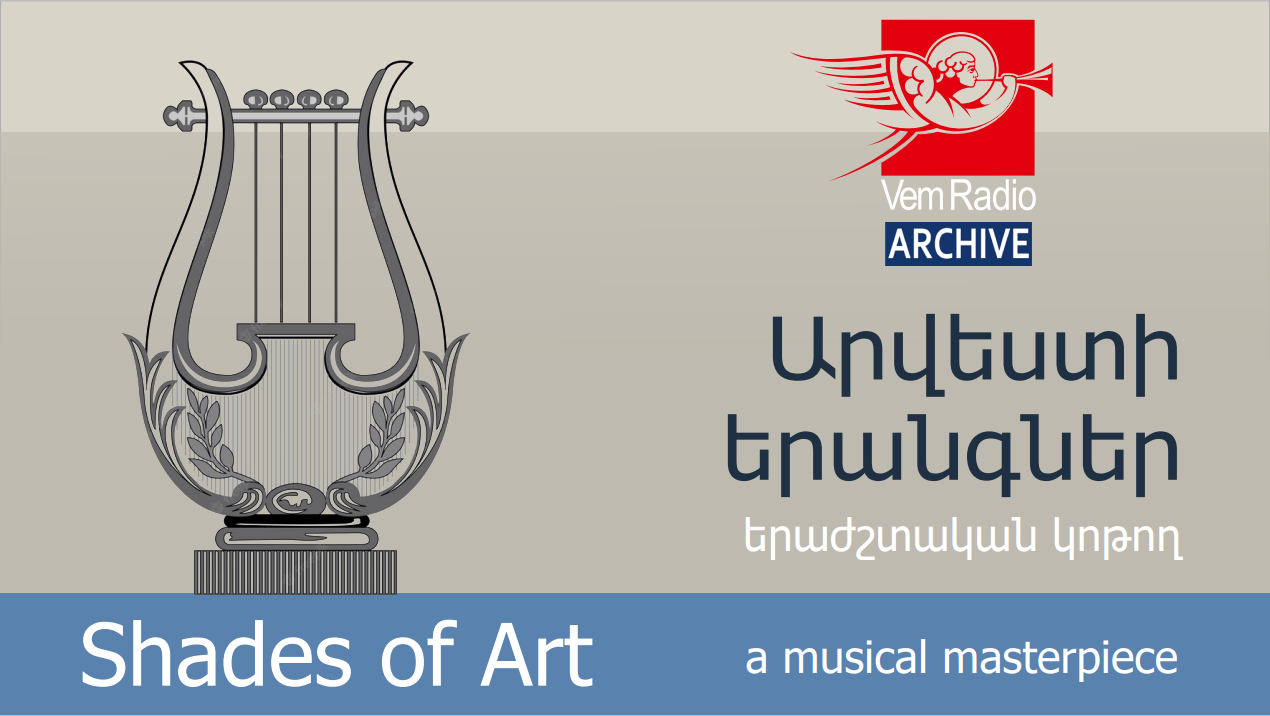
130 Years Later
We continue the topic covered in our latest episode, which was dedicated to the Catholic prayer "Ave Maria." Today, we present another interesting story about a song called "Ave Aria," the result of a collaboration between the 18th-century German composer Johann Sebastian Bach and the 19th-century French composer and music critic Charles Gounod.

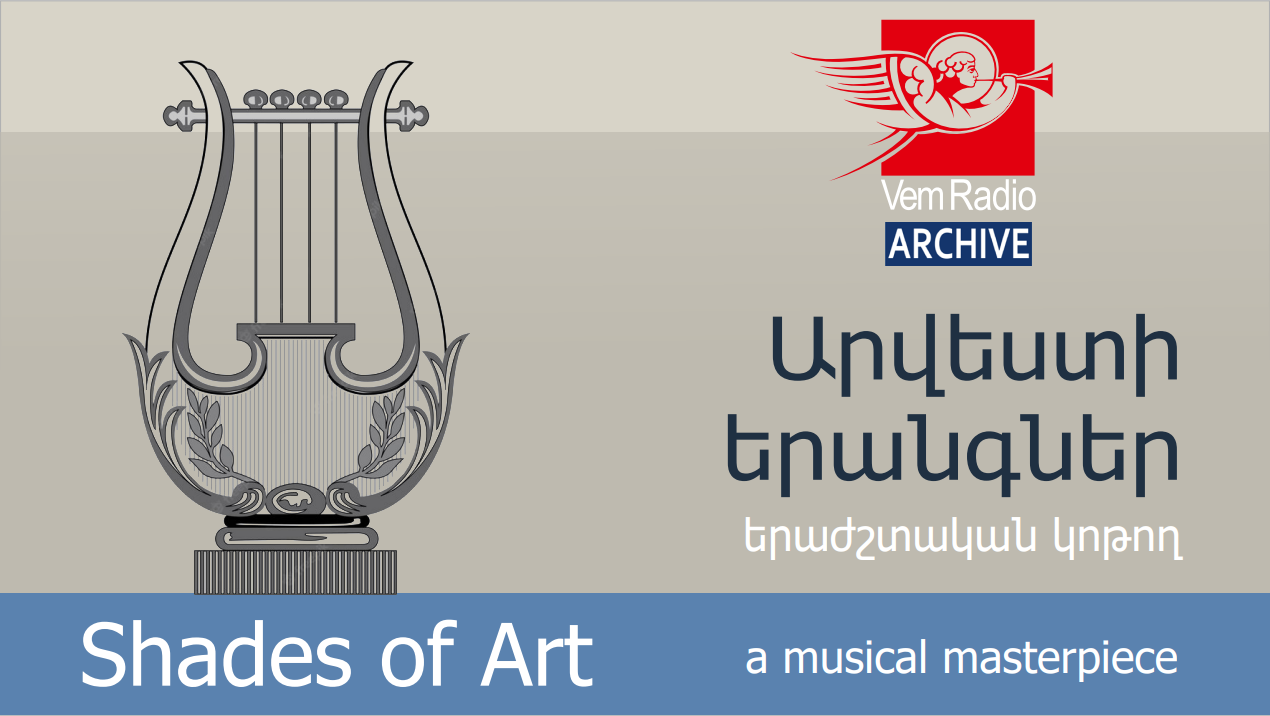
Ave Maria
“Ave Maria” stands as one of the most renowned Catholic prayers, devoted to the revered Holy Virgin Mary. Across various epochs, this sacred prayer has served as the inspiration for numerous musical masterpieces. In the spotlight today is Franz Schubert's composition known as "Ellen's Third Song," a piece that is frequently misidentified as "Ave Maria."

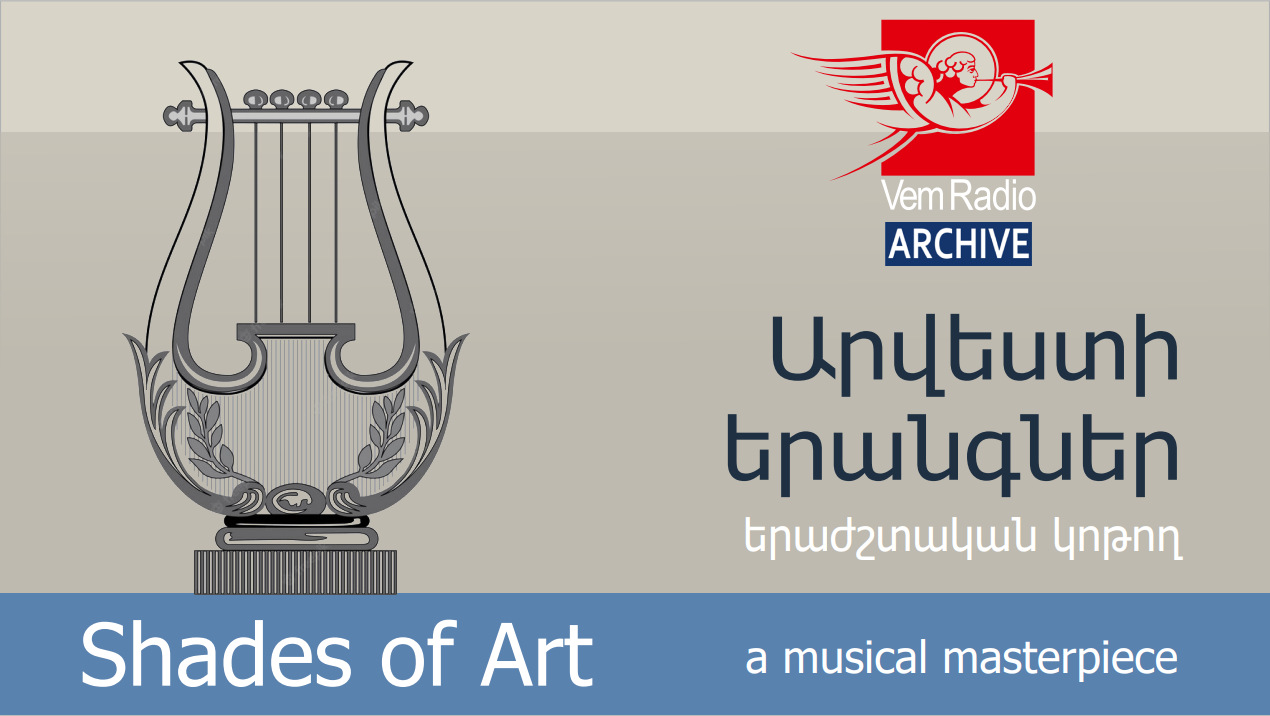
The Advertisement of Coffee in Bach's Life
Approximately 300 years ago, between 1732 and 1734, the renowned German Baroque composer, organist, and violinist Johann Sebastian Bach composed his famous Coffee Cantata. This composition is widely regarded as one of the earliest examples of music that serves as an advertisement for coffee.

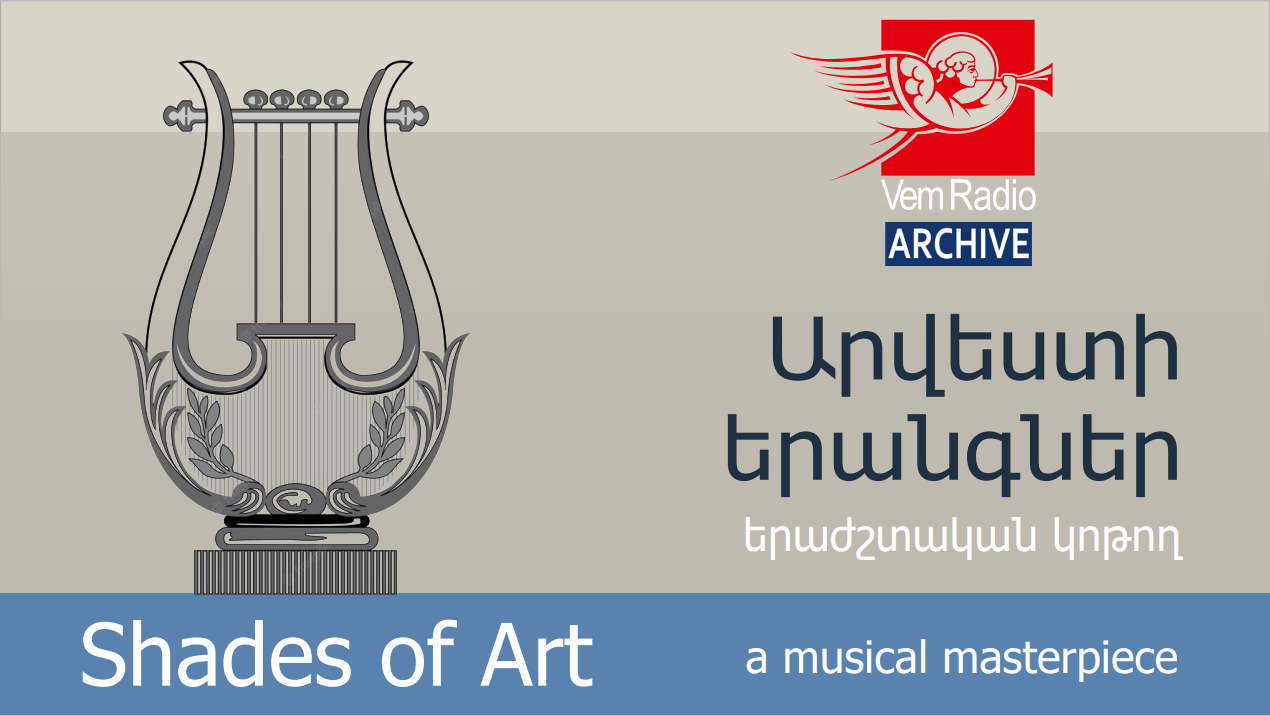
Musical Autobiography
This broadcast is devoted to the history of Pyotr Ilyich Tchaikovsky's final Symphony (No. 6 in B minor). Tchaikovsky, the renowned Russian composer, conductor, pedagogue, music critic, and author of over 80 works, created this symphony, which is often regarded as a musical representation of his own life. It stands as the composer's musical autobiography, encapsulating his emotions and experiences.

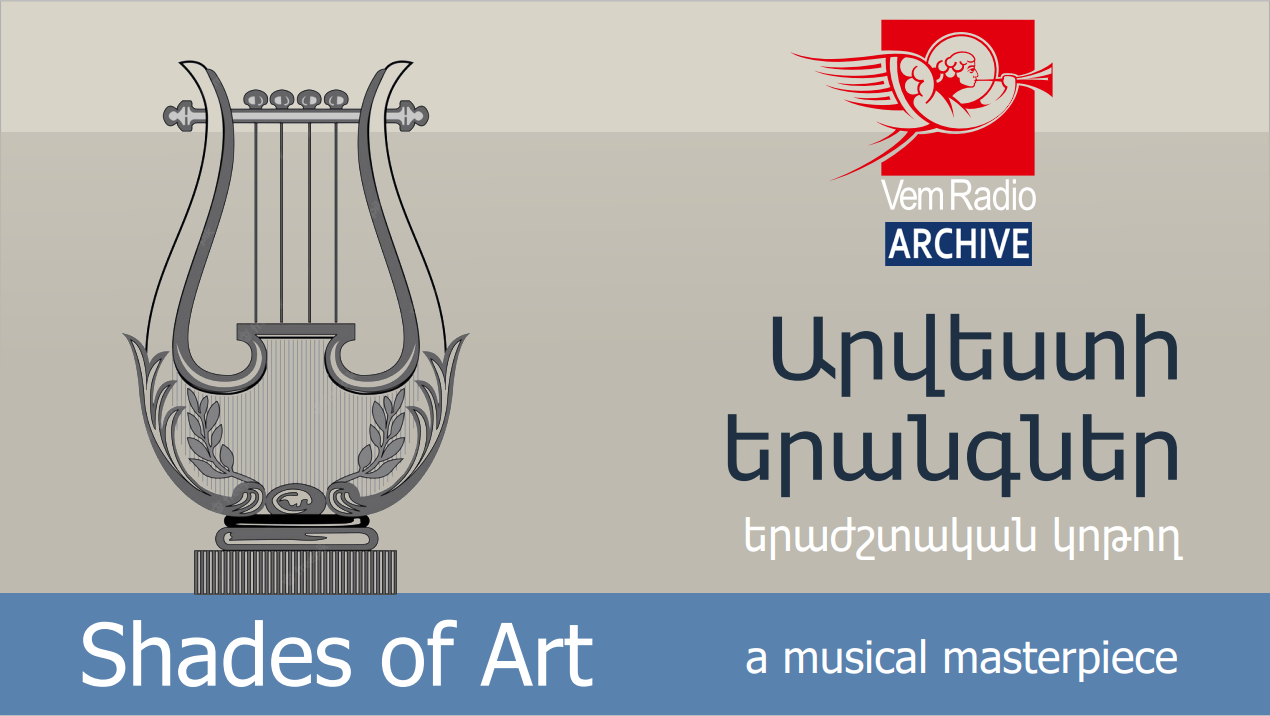
Moonlight Sonata or a Love Story
Ludwig van Beethoven's Piano Sonata No. 14 in C-sharp minor, often referred to as the 'Moonlight Sonata,' earned the title 'sonata quasi una fantasia' or 'sonata like a fantasy' from the composer himself. Printed by the publisher Nikolaus Simrock in Bonn during the winter of 1802, the title page of this composition bore the dedication 'Dedicated to Countess Giulietta Guicciardi.'

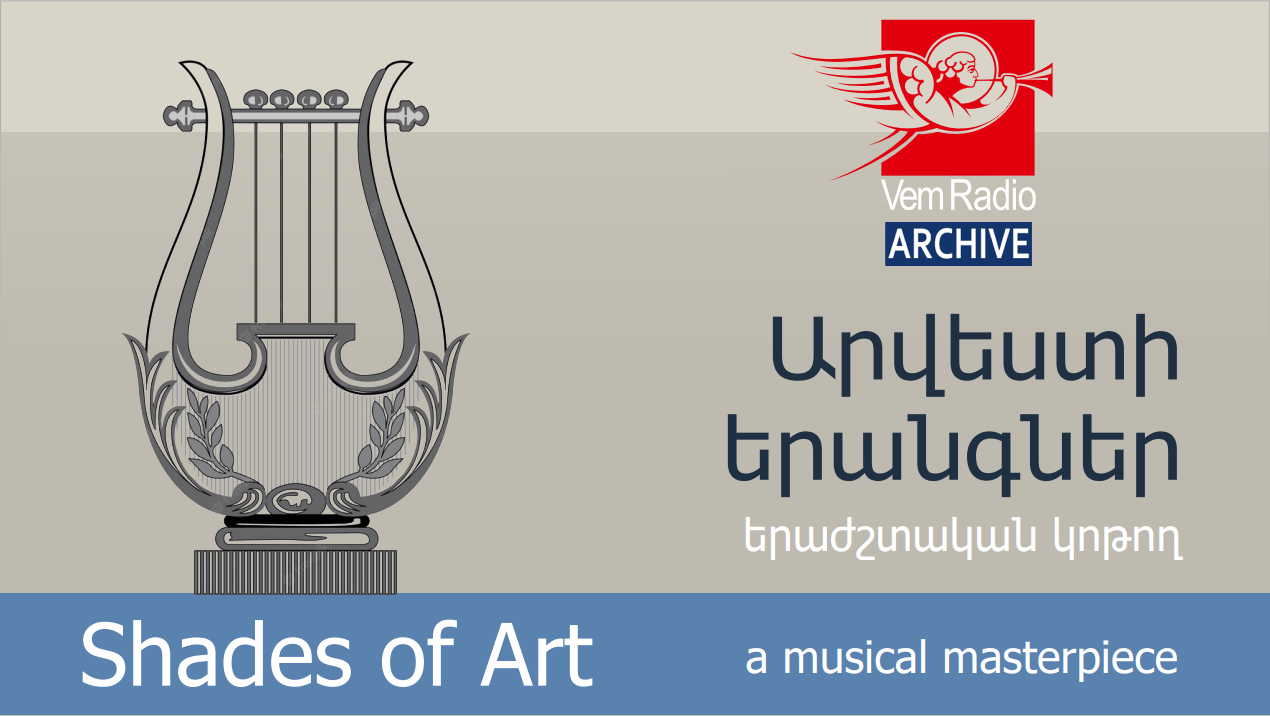
On the Trail of Adagio
The Adagio in G minor for organ and stringed instruments, often attributed to the Baroque Italian composer and violinist Tomaso Giovanni Albinoni, stands as one of the most widely recognized and frequently performed pieces of music in the world today. However, it's important to note that Albinoni had minimal involvement in the creation of this composition.
